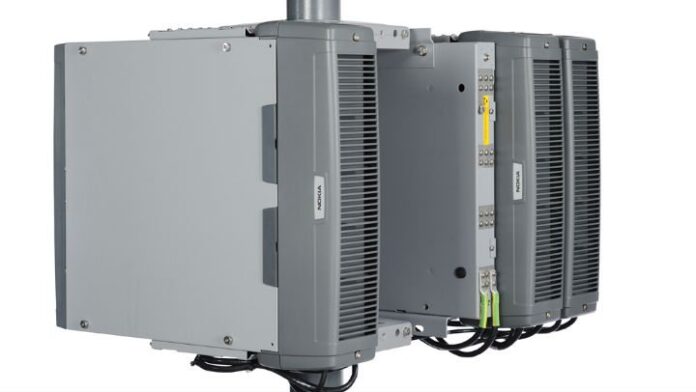Mobile network operators know customers pay attention to network quality rankings, so it stands to reason carriers want to maintain control of their wireless networks. In Europe, several operators have started sharing radio access equipment, but U.S. operators have been reluctant.
“You get the ‘c’ word: we have to control our network,” said analyst Randall Schwartz of Wireless 20/20. “That’s typically the first reaction.” Schwartz has seen operators come around to the idea of RAN sharing indoors once they understand the economics. “They’re reluctant at first but once you sort of show them specific cost advantage they’re more willing to listen,” he said. “I think you’d hear similar ideas in the greater outdoor network.”
“RAN sharing is the most comprehensive form of access network sharing,” according to GSMA. “It involves the sharing of all access network equipment, including the antenna, mast and backhaul equipment. Each of the RAN access networks is incorporated into a single network, which is then split into separate networks at the point of connection to the core. [Mobile network operators] continue to keep separate logical networks and spectrum.”
Shared base stations can reduce operating costs for wireless carriers, but U.S. operators may be heading in a different direction. As more network functionality is based in software rather than hardware, costs are coming down. Some industry veterans predict that by virtualizing the radio access network, U.S. carriers will avoid the need to share base stations.
“VRAN is a lot closer than we all think it is,” said Gary Spedaliere, a technical sales professional at Dali Wireless. “We’re going to see intelligence at the edge with a software network. … If you have your own data center and you’re doing software-defined RAN, then I can’t see why you would be desirous of sharing it with anybody.”

